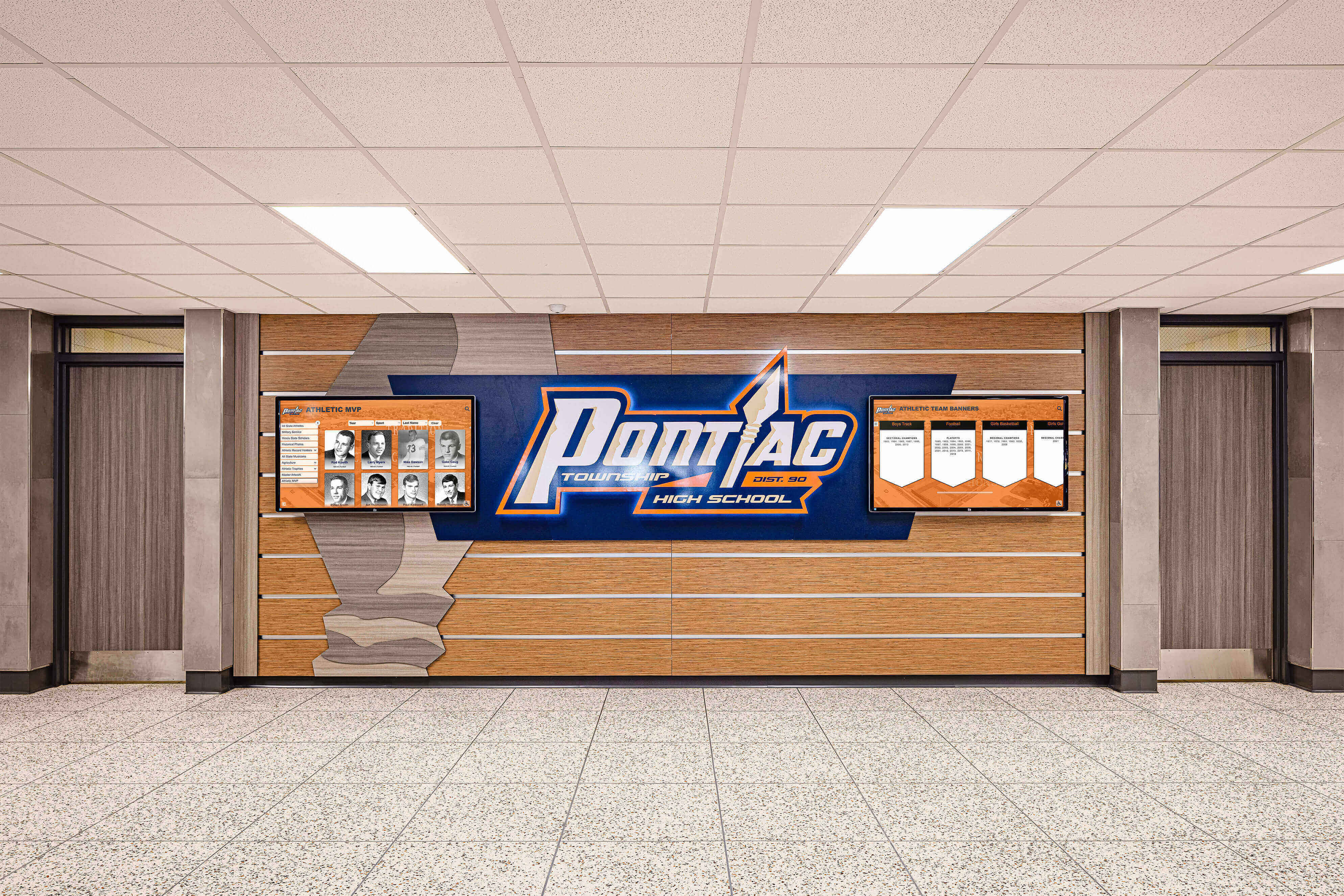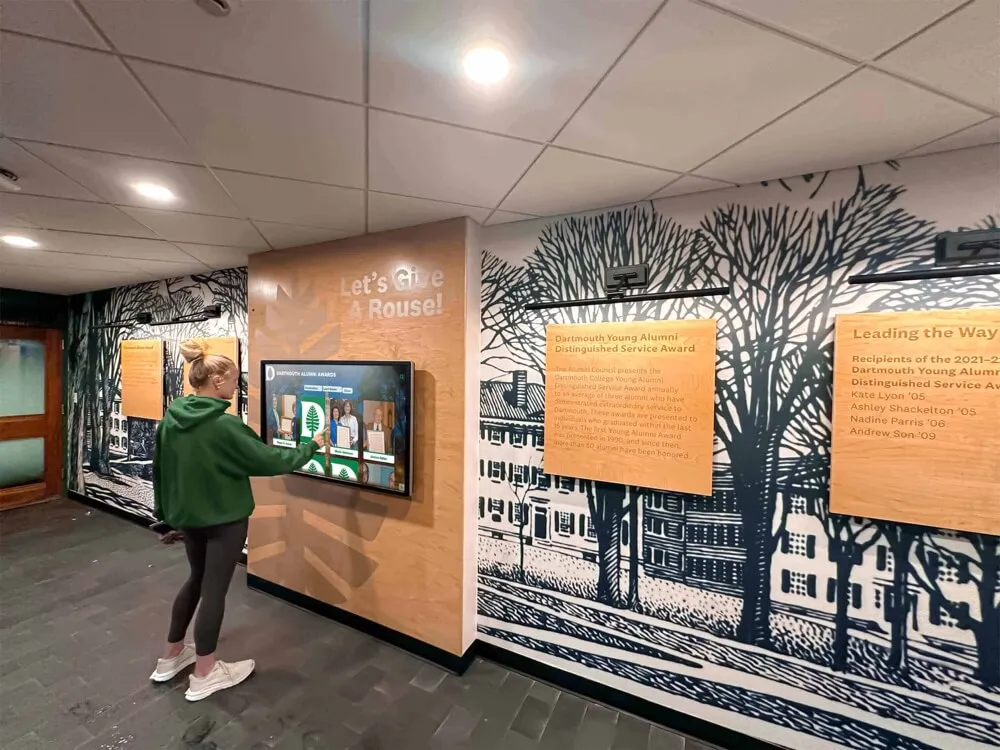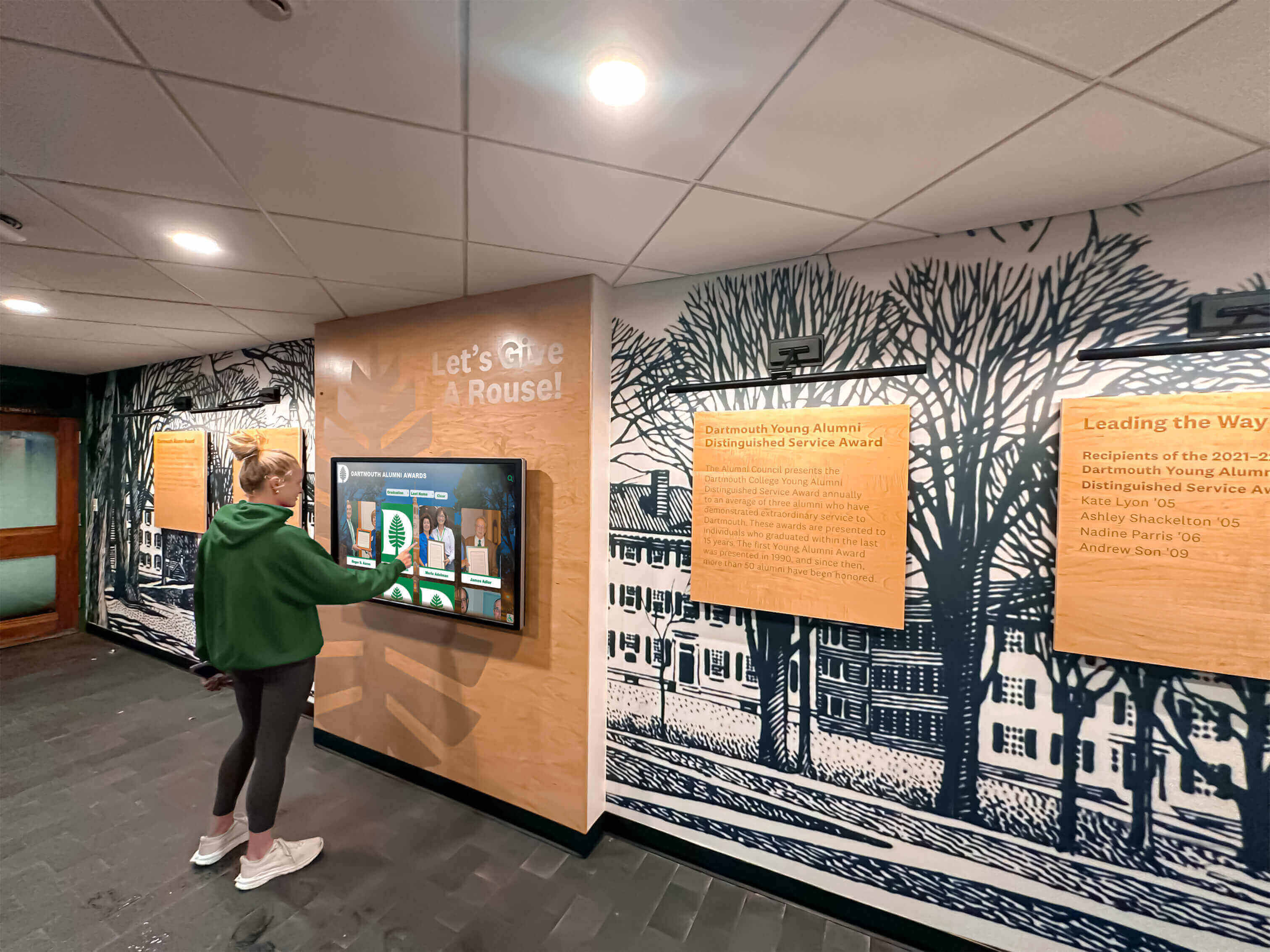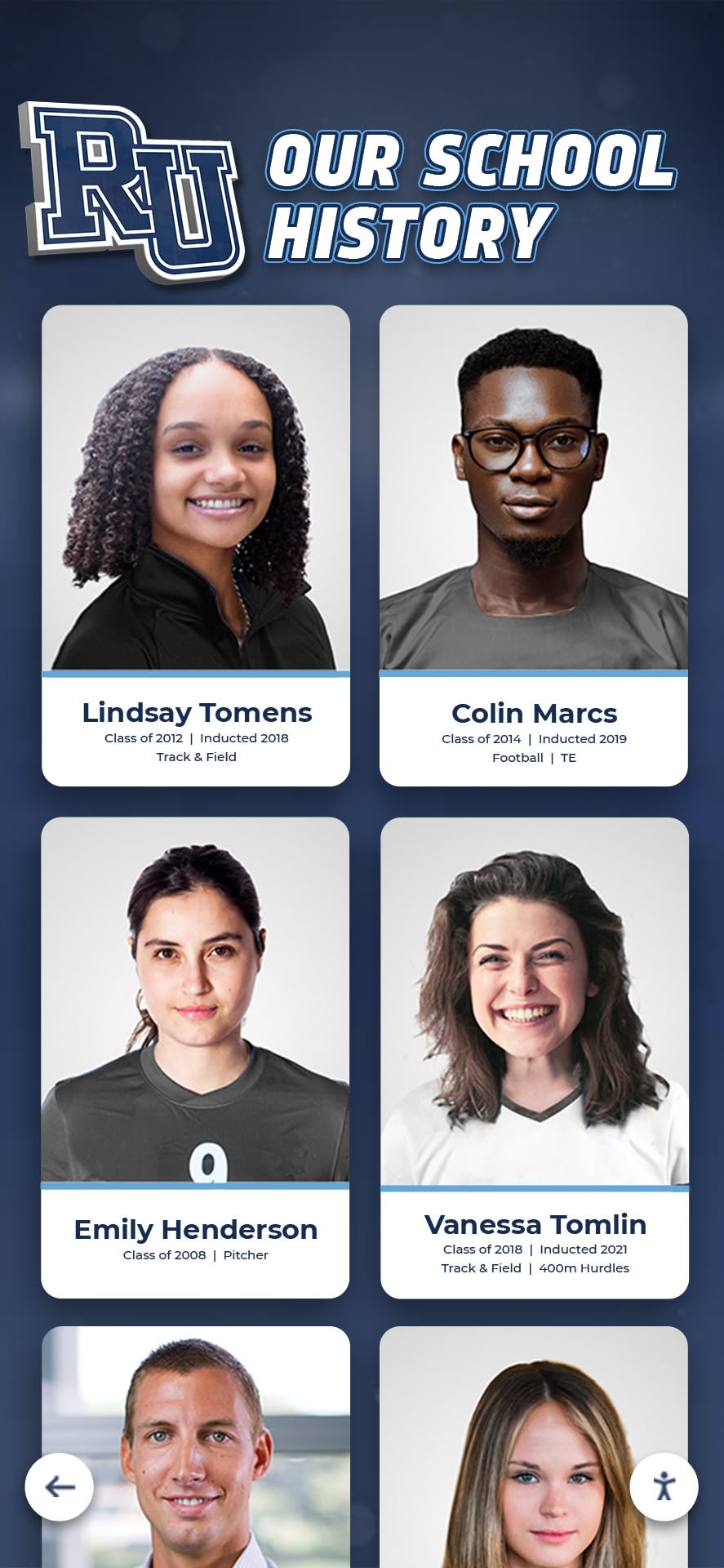Tucked away in storage closets, library archives, and dusty basement boxes lie treasures of institutional memory—old school magazines documenting decades of student creativity, intellectual achievement, and campus culture. These literary magazines, student periodicals, and specialty publications represent irreplaceable windows into how students thought, wrote, and expressed themselves across generations. Yet most schools struggle to preserve these fragile materials while making them accessible to current students, researchers, and alumni who might benefit from exploring institutional literary heritage.
Unlike yearbooks that primarily document faces and events, school magazines capture the intellectual and creative voice of student bodies through poetry, short fiction, essays, artwork, and commentary that reveal cultural attitudes, writing styles, and concerns of different eras. When properly preserved and digitized, these publications become powerful educational resources connecting current students with institutional tradition while providing historians, researchers, and alumni with rich primary source materials documenting educational and cultural evolution across decades.
Why Preserving Old School Magazines Matters
School magazines represent unique historical artifacts that capture student voices, creative expression, and intellectual development across generations. These publications preserve cultural moments, writing trends, and institutional values in ways formal institutional records cannot match. Solutions like Rocket Alumni Solutions help schools transform fragile physical archives into accessible digital collections, ensuring these literary treasures remain available for education, research, and inspiration long after original paper deteriorates.
Understanding Old School Magazine Collections
Before implementing preservation strategies, schools need comprehensive understanding of what publications exist, their historical significance, and current condition challenges threatening long-term survival.
Types of School Publications Worth Preserving
Educational institutions historically produced diverse publication types beyond standard yearbooks, each offering distinct historical value:
Literary Magazines: Student-produced journals featuring creative writing, poetry, artwork, and essays represent the heart of many school magazine collections. Publications like The Artisan, Quill & Scroll, or institution-specific titles published quarterly or annually showcase student literary talent while documenting evolving writing styles, themes, and concerns across decades.

Student Newspapers: Regular publications (weekly, monthly) covering campus news, sports, events, and commentary provide contemporaneous documentation of institutional life. Unlike formal administrative records, student newspapers capture unfiltered student perspectives, controversies, social dynamics, and daily life details formal histories often omit.
Academic Journals: Many schools published subject-specific journals featuring student research, scientific papers, historical essays, or disciplinary writing. These publications demonstrate evolving academic standards, research methodologies, and intellectual concerns within specific departments across institutional history.
Humor Magazines: Satirical or humorous publications like school equivalents of Harvard Lampoon capture cultural attitudes, inside jokes, social commentary, and irreverent student perspectives that formal publications would never document. These often-controversial publications reveal authentic student culture often sanitized from official institutional narratives.
Special Interest Publications: Topic-specific magazines focused on areas like photography, sports analysis, cultural affairs, environmental issues, or political commentary demonstrate how student interests and social movements evolved across different eras.
Understanding what publication types exist within collections helps prioritize preservation efforts while recognizing that each publication type offers distinct historical and research value worth protecting.
Common Condition Challenges Threatening Old Magazines
Physical magazines face numerous deterioration threats that make preservation increasingly urgent:
Acid Paper Degradation: Most publications before 1990 used acidic paper that yellows, becomes brittle, and eventually disintegrates over time. Pages exposed to light, heat, or high humidity deteriorate faster, with some early 20th-century publications already becoming too fragile to handle without causing damage.
Binding Failure: Glued or stapled bindings weaken over decades, causing pages to separate from covers or fall out completely. Loose pages risk being lost or misfiled, destroying publication integrity and making complete digitization challenging.
Foxing and Mold: Brown spots (foxing) develop when paper reacts with moisture and environmental contaminants. Mold growth accelerates when publications store in damp basements or uncontrolled environments, spreading contamination to adjacent materials while making magazines health hazards requiring special handling.

Physical Damage: Student handling over decades, improper storage, water exposure from leaks or floods, and insect damage all contribute to tears, stains, missing pages, and structural weakness making magazines increasingly difficult to preserve physically.
Ink Fading: Some printing processes, particularly colored inks and certain photographic reproductions, fade significantly over time, losing contrast and legibility. Student artwork and photographs may become barely visible after decades of light exposure.
Complete Loss Risk: Schools conducting facility renovations, space reconfigurations, or administrative transitions sometimes discard entire magazine collections unknowingly, losing decades of institutional history permanently when nobody recognizes archival value or assumes someone else maintains preservation responsibility.
These deterioration factors create urgency for systematic preservation efforts before magazines reach conditions where digitization becomes impossible and historical content disappears forever.
Why Old School Magazines Deserve Preservation Priority
Literary and student publications warrant preservation investment for multiple compelling reasons:
Unique Primary Source Materials: School magazines document student voices, concerns, writing styles, and cultural attitudes at specific historical moments. Researchers studying educational history, literary development, social movements, or cultural evolution find these unfiltered student perspectives invaluable for understanding how young people actually thought and expressed themselves in different eras.
Literary Heritage Documentation: For schools with distinguished creative writing traditions, literary magazines demonstrate how programs developed, what writing styles faculty emphasized, and which alumni writers first published in student magazines before achieving professional success. This documentation proves important for understanding institutional literary culture and inspiring current writers.
Educational Resource Value: Current students benefit from accessing historical student work, seeing how previous generations approached similar assignments, explored comparable themes, or wrestled with timeless adolescent concerns. Historical magazines provide perspective on both continuity and change in student experience across generations.

Alumni Engagement Tools: Graduates often contributed to school magazines during their student years. Digitized access enables alumni to rediscover their published work decades later, share with family members, and maintain connections with institutions through literary contributions they made during formative years.
Cultural Completeness: Schools preserving only yearbooks and administrative records create incomplete historical pictures missing authentic student voices, creative expression, and intellectual development that publications capture. Comprehensive historical preservation requires documentation beyond official institutional narratives to include unfiltered student perspectives.
Research Accessibility: Unlike physical archives requiring on-site visits during limited hours, digitized magazines become available to researchers worldwide, increasing scholarly use while protecting fragile originals from handling damage. Enhanced accessibility enables research that physical-only access would never support.
The convergence of historical value, research utility, alumni engagement benefits, and existential preservation threats makes old school magazine digitization a high-priority institutional archiving initiative for schools committed to comprehensive historical preservation.
Systematic Preservation and Digitization Strategies
Successful magazine preservation requires structured approaches addressing physical conservation, digital capture, metadata development, and ongoing access management.
Phase 1: Collection Assessment and Inventory
Begin with comprehensive understanding of what exists, current conditions, and preservation priorities:
Complete Inventory Development: Systematically document all magazine issues including publication titles and name variations, date ranges and publication frequency, volume and issue numbering systems, physical condition assessments, storage locations and environmental conditions, identified gaps in sequential runs, and special issues or supplements. This inventory reveals collection scope while identifying highest-priority preservation candidates.
Condition Evaluation: Assess deterioration severity for each issue including paper brittleness and acid content, binding integrity and page security, mold or pest damage presence, legibility of text and images, handling safety considerations, and estimated lifespan without intervention. Condition assessments inform digitization sequencing, ensuring most fragile materials receive priority treatment before deterioration makes capture impossible.
Historical Significance Research: Some publications or issues deserve enhanced preservation effort based on containing notable student work later achieving fame, documenting significant historical events or controversies, representing particularly strong editorial or creative periods, featuring rare or unique content types, or being sole surviving copies from specific eras. Research identifying historical significance helps allocate preservation resources strategically rather than treating all issues equivalently.
Copyright and Privacy Review: Student publications sometimes contain content raising copyright, privacy, or sensitivity concerns requiring careful consideration before public digitization. Review collections for potentially problematic material including identifiable student photos without permissions, copyrighted reproductions without clearance, sensitive personal information or medical details, defamatory or legally problematic content, or material considered inappropriate by contemporary standards.
Most schools adopt conservative approaches digitizing publications at least 50 years old to minimize privacy concerns while making recent publications available only to verified community members through access-controlled systems.
Phase 2: Physical Preservation Before Digitization
Stabilize physical materials before digitization attempts to prevent further damage while enabling successful capture:
Environment Stabilization: Store magazines in climate-controlled spaces maintaining 65-70°F temperature and 30-50% relative humidity. Use archival boxes protecting from light, dust, and physical damage. Remove metal fasteners (staples, paper clips) that rust and cause staining, replacing with non-reactive materials if binding support is necessary.
Cleaning and Conservation: Carefully brush dust and debris from covers and page edges using soft brushes. Address mold issues through professional conservation services before exposing staff to health risks or allowing contamination spread. For extremely valuable or fragile issues, professional conservators may repair tears, reinforce bindings, or encapsulate pages in protective sleeves.
Handling Protocols: Establish procedures protecting materials during assessment and digitization including clean hands or cotton gloves, stable flat work surfaces, page supports preventing excessive bending, prohibition on food or drinks near materials, and minimization of handling through single-pass digitization workflows.
Disaster Preparedness: Develop plans for protecting collections from foreseeable risks including water damage from plumbing or roof leaks, fire protection with proper suppressant systems, theft prevention for valuable collections, and evacuation procedures if hazards threaten archive facilities.

Proper physical preservation protects original materials while ensuring digitization equipment and staff can handle magazines safely without causing additional damage during scanning processes.
Phase 3: Digitization Technical Execution
Transform physical magazines into digital formats suitable for preservation and access:
Scanning Specifications: Professional magazine digitization typically employs 300-600 DPI resolution capturing sufficient detail for text OCR (optical character recognition) and image quality, color scanning preserving original appearance including aging characteristics, uncompressed or lossless compression formats (TIFF) for archival masters, and derived formats (PDF, JPEG) optimized for web access and user downloads.
Scanning Equipment Selection: Schools choose between flatbed scanners suitable for separated pages or issues with removed bindings, overhead book scanners enabling non-destructive capture of bound volumes, sheet-fed scanners for large quantities of separated pages, and professional digitization services with specialized equipment for fragile or oversize materials.
Preservation-quality digitization requires proper equipment and expertise—many schools partner with professional digitization vendors for initial collection digitization while maintaining in-house capabilities for ongoing additions.
OCR Processing: Optical character recognition converts scanned page images into searchable text, enabling full-text search across all digitized content. Quality OCR requires sufficient resolution, clear original text, and processing time for accuracy verification. Even imperfect OCR providing 90-95% accuracy dramatically improves discoverability compared to image-only scans requiring page-by-page browsing.
Quality Control Procedures: Systematic verification ensures digitization completeness and quality including confirming all pages captured without omissions, checking image clarity and legibility, verifying proper page sequencing, reviewing OCR accuracy on sample pages, and ensuring metadata accuracy connecting digital files to source publications.
File Organization and Naming: Establish consistent structures organizing digital files logically including hierarchical folder systems by publication title and chronology, descriptive file names incorporating publication name, date, and page numbers, and centralized indexes mapping physical holdings to digital files.
Proper digitization technical execution creates high-quality digital assets suitable for long-term preservation, research access, and various presentation formats from web platforms to interactive digital displays.
Phase 4: Metadata Development and Descriptive Cataloging
Rich metadata transforms scanned images into discoverable, usable digital archives:
Publication-Level Metadata: Catalog each title with comprehensive descriptive information including official publication name and any historical name variants, sponsoring departments or student organizations, publication dates and frequency patterns, editor names and editorial boards when known, physical descriptions (dimensions, page counts, formats), and historical context notes explaining publication purposes and significance.
Issue-Level Metadata: Document individual issues with specific details including volume and issue numbers, publication dates, page counts, table of contents or article listings, contributor indexes, special features or themed issues, and condition notes explaining any damage or missing pages affecting digital captures.
Article-Level Indexing: For research accessibility, some projects index individual articles or creative works including article titles and author names, content types (poetry, fiction, essay, artwork), subject keywords and themes, page ranges within issues, and abstracts or descriptions for significant works.
While comprehensive article-level indexing proves time-intensive, this granular cataloging dramatically improves research utility by enabling discovery of specific content types, authors, or subjects without browsing complete issues sequentially.
Rights and Access Metadata: Document copyright status, use restrictions, access permissions, and source attribution including copyright determinations (public domain, institutional ownership, uncertain status), privacy considerations requiring restricted access, permission to reproduce or distribute, and physical source information for researchers needing original consultation.
Technical Metadata: Record digitization specifications for preservation management including scanning resolution and equipment, file formats and compression, OCR processing methods and accuracy, digitization dates and operators, and quality control verification records.
Comprehensive metadata enables multiple discovery pathways through searchable digital archives, supporting researchers with diverse interests while demonstrating professional archival standards appropriate for significant historical collections.
Phase 5: Access Platform Development and Integration
Create systems enabling stakeholder engagement with digitized magazine collections:
Digital Repository Systems: Schools typically choose between institutional repositories designed for academic digital collections, digital asset management platforms suitable for diverse media types, or specialized archival systems like CONTENTdm or Omeka designed specifically for cultural heritage collections. Platform selection depends on existing infrastructure, technical capabilities, budget constraints, and functional requirements for search, display, and preservation features.
Web-Based Discovery Interfaces: User-friendly platforms enable browsing by publication title and date range, searching full-text content across all issues, filtering by content types or subject tags, viewing high-resolution page images, downloading complete issues or individual articles, and accessing interpretive materials providing historical context.
Physical Display Integration: Interactive touchscreen displays located in libraries, student centers, or alumni spaces showcase digitized magazine content through curated features highlighting notable issues, rotating galleries of student artwork and photography, timeline presentations showing publication evolution, and search capabilities enabling visitors to explore collections interactively.
These physical installations bring archival content into high-traffic spaces where students and visitors naturally encounter institutional history rather than requiring deliberate archive visits to access historical materials.

Educational Integration: Maximize collection value through curriculum applications including writing courses analyzing historical student work, history classes studying primary sources documenting specific eras, research methods classes practicing archival investigation, creative writing workshops exploring literary tradition, and alumni programs featuring graduate contributions to student publications.
Social Media and Promotional Sharing: Regular features highlighting interesting content generates awareness and engagement through “Throwback Thursday” posts featuring historical magazine covers, student work spotlights showcasing notable poetry or fiction, anniversary recognitions commemorating significant publication milestones, and community contribution invitations requesting information about mysterious content or unidentified contributors.
Access platforms should balance preservation standards maintaining content integrity with user-friendly features encouraging engagement and exploration by diverse audiences with varying technical sophistication and research expertise.
Strategic Benefits Beyond Historical Preservation
Comprehensive old school magazine digitization delivers advantages extending beyond archival goals:
Alumni Engagement and Institutional Connection
Digitized access to student publications creates powerful alumni engagement tools:
Rediscovery Experiences: Alumni discovering their own published work from student years experience nostalgia and pride, often sharing finds with family members who never saw original publications. These emotional reconnections strengthen institutional bonds decades after graduation.
Social Sharing Amplification: When alumni share personal discoveries through social media, institutions gain organic promotional visibility reaching hundreds of network connections who might never encounter institutional communications directly. Each shared poem, article, or artwork becomes free marketing demonstrating creative institutional culture.
Legacy Documentation: Accomplished alumni whose professional achievements stem from skills developed through student publications appreciate institutions preserving early work. Distinguished writers, journalists, artists, or academics value documentation showing their creative development and first publications during formative student years.
Reunion Programming: Class reunions incorporate digitized publications showing what issues published during specific graduation year periods, what cultural moments or controversies dominated campus discussions, and which classmates contributed creative work or editorial leadership.
Schools committed to sustained alumni engagement recognize digitized student publications as relationship-building assets creating personal connections through individual content rather than generic institutional messaging.
Educational Enhancement Through Historical Context
Current students benefit educationally from accessible historical publication archives:
Writing Development Studies: Students analyze how previous generations approached similar assignments, developed arguments, structured essays, or crafted creative works. Seeing authentic peer writing from different eras provides perspective on writing as developmental skill improving through practice across time rather than innate talent.
Cultural Literacy Building: Historical publications document how students discussed social issues, political movements, cultural trends, or technological changes during their original contexts. Current students exploring these materials develop awareness of historical change, continuity in human concerns, and evolving perspectives on persistent questions.
Research Methodology Practice: Using primary source materials through searchable digital archives teaches valuable research skills including source evaluation, context analysis, bias recognition, and synthesis of multiple perspectives—competencies transferable far beyond specific historical investigations.
Creative Inspiration Sources: Current literary magazine editors and contributors find inspiration in seeing how predecessors structured publications, balanced content types, designed layouts, or addressed timeless creative challenges. Historical models provide starting points while encouraging innovation building on tradition.
Institutional Branding and Distinction
Comprehensive digital archives demonstrate institutional commitment to preservation and educational excellence:
Academic Seriousness Signaling: Schools investing in professional archival programs signal that they value intellectual work seriously enough to preserve systematically for future scholarship. This commitment differentiates institutions from those treating student work as disposable after current academic year completion.
Research Infrastructure Support: Accessible digital archives attract researchers studying educational history, adolescent development, literary evolution, or cultural change. Scholarly citations and academic research programs enhance institutional reputation while justifying continued preservation investment through demonstrated research value.
Distinctive Program Marketing: Schools with strong creative writing, journalism, or arts programs showcase historical publications during recruitment, demonstrating long traditions of student achievement. Prospective students and families see tangible evidence of programs’ historical significance and sustained excellence across decades.
The combination of alumni engagement enhancement, educational resource development, and institutional distinction justification makes old school magazine preservation and digitization strategically valuable beyond intrinsic historical importance.
Common Implementation Challenges and Practical Solutions
Schools pursuing magazine digitization encounter predictable obstacles that proven strategies address effectively:
Challenge 1: Missing Issues and Incomplete Runs
Most schools discover gaps in publication sequences where specific issues were never archived or have been lost:
Solution Approaches:
- Alumni outreach campaigns requesting personal copies of missing issues for scanning and return
- Interlibrary loan or collaboration with other institutions holding duplicate copies
- Historical society or local library searches where copies sometimes ended up in community collections
- Acknowledgment that complete runs may prove impossible, with transparent gap documentation rather than implying false completeness
- Crowdsourcing through alumni networks asking if anyone retained copies in personal collections
Even incomplete collections provide significant historical value—perfect completeness should not delay digitizing available materials already at risk from continued physical deterioration.
Challenge 2: Copyright and Permissions Complexities
Student publications contain work by dozens or hundreds of contributors across decades, creating copyright determination challenges:
Solution Approaches:
- Focus initial efforts on publications old enough (pre-1928 in US) to be clearly public domain
- Implement conservative interpretations favoring access restrictions when copyright status remains unclear
- Obtain blanket permissions through updated student publication policies granting digitization rights
- Provide copyright owners straightforward takedown mechanisms if digitized content includes their work without permission
- Seek legal counsel for particularly valuable but legally complex materials
- Partner with organizations like HathiTrust specializing in copyright-compliant digital access
Most schools adopt moderate risk approaches balancing legitimate access interests against realistic infringement risks, particularly for non-commercial educational preservation.
Challenge 3: Resource Constraints and Competing Priorities
Comprehensive digitization requires significant time, expertise, and budget that compete with other institutional needs:
Solution Approaches:
- Phased implementation spreading effort across multiple years rather than attempting complete digitization before any access
- Volunteer engagement through alumni groups, student projects, or community organizations
- Grant funding specifically supporting archival digitization from humanities councils, library foundations, or preservation organizations
- Professional service partnerships with digitization vendors handling technical execution while schools manage metadata
- Student employment providing meaningful work experience while advancing preservation goals
- Prioritization focusing resources on highest-value or most-at-risk materials first
Schools implementing comprehensive digital archiving programs typically discover that systematic modest progress proves more sustainable and ultimately successful than ambitious plans that overwhelm limited resources.
Challenge 4: Long-Term Platform Sustainability
Digital preservation requires ongoing platform maintenance, format migration, and access system support beyond initial digitization:
Solution Approaches:
- Selection of platforms with sustainable business models and active development communities
- Preference for open-source systems reducing vendor lock-in risks
- Export capabilities enabling migration if platforms become obsolete
- Partnerships with consortia like Digital Public Library of America or state digital library programs sharing preservation infrastructure
- Regular format assessments ensuring files remain accessible as technology evolves
- Backup redundancy across multiple geographic locations preventing catastrophic loss
Effective preservation requires planning not just for initial digitization but for perpetual access requiring ongoing technical attention and resource allocation.
Future Opportunities Through Emerging Technologies
Continued technological development creates new possibilities for magazine archive enhancement:
Artificial Intelligence and Machine Learning Applications
Advanced OCR and Handwriting Recognition: AI improves text recognition accuracy even for poor-quality originals, cursive handwriting, or unusual fonts. This enhanced accuracy makes more content searchable and discoverable.
Automated Metadata Generation: Machine learning analyzes images identifying content types (poetry, fiction, artwork), detecting recurring themes, and suggesting subject classifications, reducing manual cataloging labor while improving consistency.
Named Entity Recognition: AI extracts person names, locations, and organizations from text, automatically building indexes and relationship maps connecting people, places, and events across multiple publications without manual reading.
Facial Recognition: With appropriate ethical frameworks and privacy controls, technology can identify individuals across multiple photographs and publications, enabling searches by person rather than requiring manual tagging.
Immersive Presentation Formats
Augmented Reality Experiences: Mobile applications could overlay historical magazine content onto current campus locations, showing what students wrote about specific buildings, events, or spaces during different historical periods.
3D Page Turning Simulations: Rather than flat PDF presentations, immersive viewers could recreate the tactile experience of browsing physical magazines, including realistic page textures, turning animations, and authentic aging characteristics.
Curated Virtual Exhibitions: Digital platforms enable sophisticated exhibitions impossible with physical materials, including thematic compilations across multiple publications, comparison views showing how coverage of similar topics evolved across decades, and multimedia enhancements incorporating audio narration, video context, and interactive timelines.
Advanced Discovery and Analysis Tools
Computational Text Analysis: Digital humanities approaches enable distant reading of large collections, identifying linguistic patterns, tracking theme evolution, comparing vocabulary changes, and discovering insights impossible through traditional close reading of individual publications.
Social Network Visualization: Mapping contributor networks reveals intellectual communities, identifies influential student editors or frequent contributors, and shows how creative circles formed and evolved across academic years.
Comparative Visualizations: Interactive data presentations show publication frequency changes, content type distributions, page count variations, and other quantitative patterns revealing institutional publication culture evolution.
Schools implementing magazine digitization today position themselves to adopt these emerging capabilities as they mature, continuously enhancing collection value and research utility long after initial preservation work completes.
Conclusion: Preserving Student Voices for Future Generations
Old school magazines represent irreplaceable documentation of student intellectual and creative development across institutional history. Unlike formal administrative records capturing official institutional perspectives, these publications preserve authentic student voices, concerns, writing styles, and creative expressions that reveal how young people actually thought and expressed themselves during different historical periods.
The convergence of physical deterioration threatening original materials, available digitization technologies enabling practical preservation, and growing recognition of primary sources’ research value creates compelling reasons for systematic magazine digitization initiatives at schools committed to comprehensive historical preservation.
Successful programs combine careful physical conservation protecting original materials, professional digitization capturing high-quality digital surrogates, comprehensive metadata enabling discovery and access, user-friendly platforms encouraging engagement, and long-term sustainability planning ensuring perpetual availability.
Beyond immediate archival goals, digitized magazine collections deliver strategic benefits including enhanced alumni engagement through personal content discovery, educational resources supporting current student learning, institutional branding demonstrating commitment to intellectual work, and research infrastructure attracting scholarly attention.
For schools with old magazines languishing in storage closets facing certain deterioration without intervention, the question isn’t whether these publications deserve preservation—their historical value is clear—but rather how quickly schools can implement systematic digitization before physical deterioration makes preservation impossible and student voices from previous generations disappear forever.
Whether addressing decades of literary magazines, student newspapers documenting campus history, or specialty publications capturing niche student interests, comprehensive preservation through digitization ensures these authentic expressions of institutional intellectual culture remain accessible for education, research, and inspiration across generations to come.
Schools ready to protect student publication legacies while creating powerful educational and engagement resources should explore modern digital archiving solutions designed specifically for educational institutions seeking to preserve institutional memory professionally while making historical content widely accessible to current and future communities.
Every student voice deserves preservation. Every creative work deserves protection. Every institutional literary tradition deserves comprehensive documentation ensuring that student expression from previous generations continues inspiring current students, informing researchers, and connecting alumni decades after original publication dates.




































